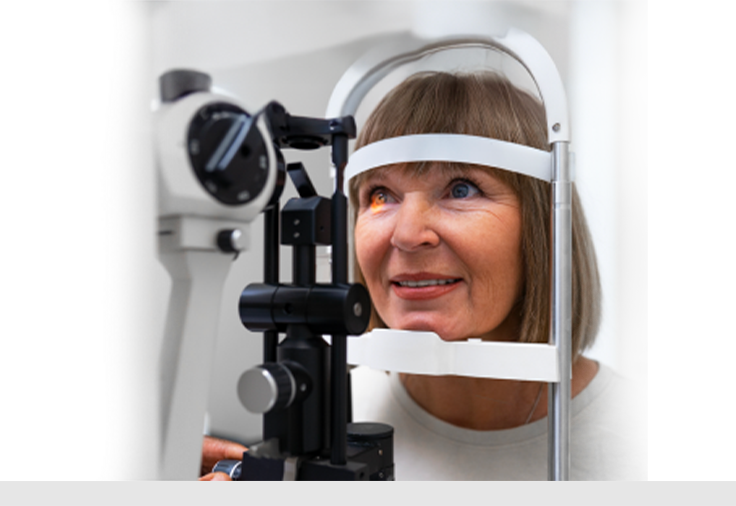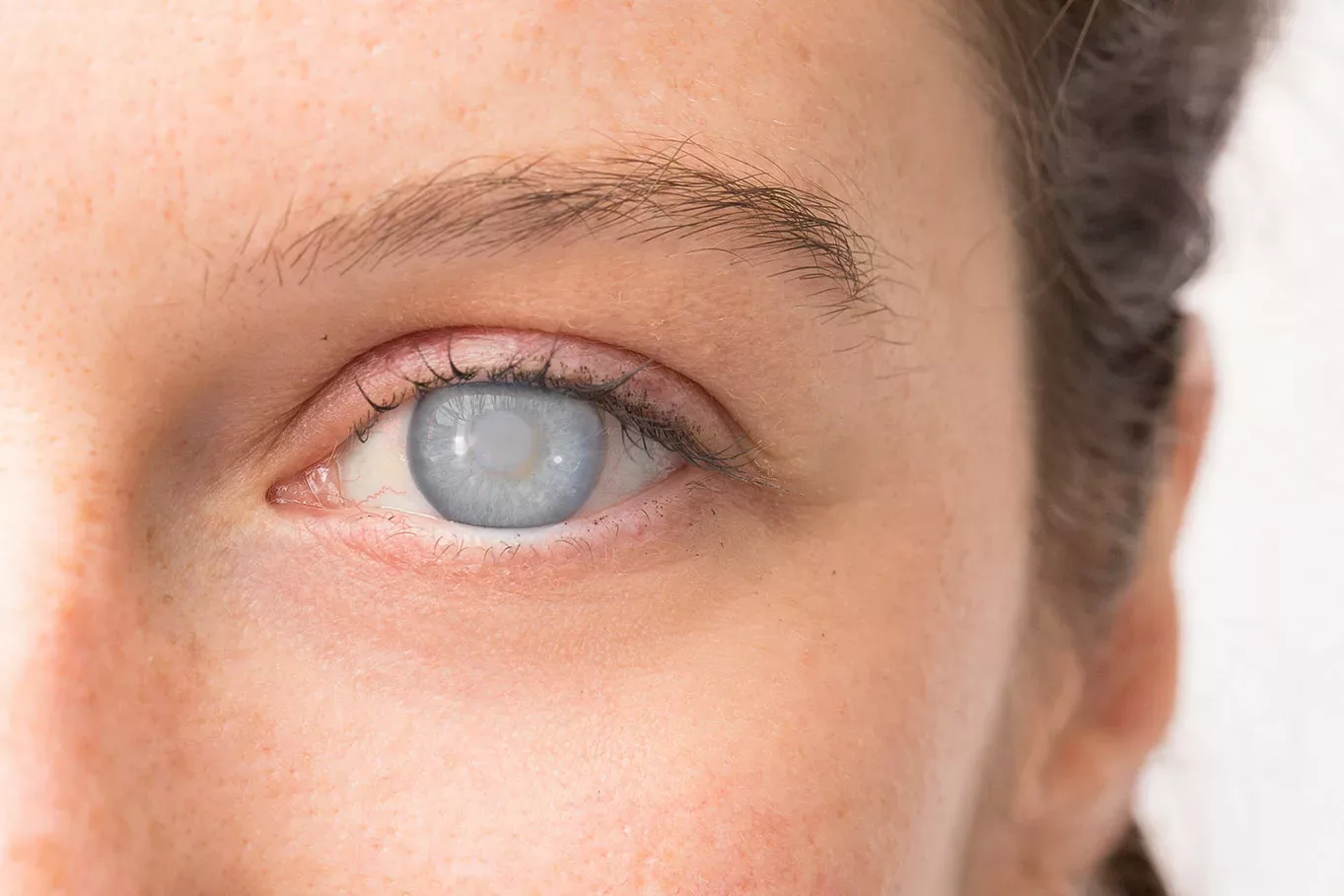Cataract

Cataract
Cataract Treatment: Restore clear vision with modern technology
Cataracts are one of the most common eye conditions experienced by people over the age of 50. In a young and healthy person, the eye’s lens is transparent and flexible, but over time this flexibility decreases, and the lens becomes cloudy, which makes it difficult for light to pass through to the retina, leading to vision deterioration. If cataracts are not treated in time, they can result in complete vision loss. At our clinic, we offer the most advanced methods and technologies for cataract treatment, bringing back the joy of clear vision and comfort to our patients.
What is a cataract and why does it occur?
However, age is not the only cause of cataracts. Risk factors include:
• Genetic predisposition
• Eye injuries
• Prolonged exposure to ultraviolet rays
• Harmful habits such as smoking
• Chronic diseases such as diabetes
• The use of certain medications, such as corticosteroids
Symptoms of Cataracts
Recognizing the signs of cataracts promptly is essential for effective treatment:
• Blurred and cloudy vision
• Reduced brightness of colors, especially shades of blue
• Sensitivity to light and glare
• Appearance of “halos” around lights
• Problems with night vision.
If you notice one or more of these symptoms, consult our specialists for a cataract diagnosis.
Modern Treatment Methods for Cataracts
Currently, the only effective treatment for cataracts is surgical replacement of the lens. At our clinic, we perform minimally invasive cataract surgeries using the method of ultrasound or laser phacoemulsification. This method involves the removal of the damaged lens and its replacement with an artificial intraocular lens, allowing the patient to fully restore their vision
Why do patients choose us?
• Highly qualified specialists — our ophthalmologists have many years of experience in performing cataract surgeries.
• Modern equipment — we use state-of-the-art laser and ultrasound devices that ensure precision and safety in procedures.
• Individual approach — precise diagnostics are conducted before surgery, and artificial lenses are selected according to your needs and lifestyle.
• Fast recovery process — modern methods allow patients to quickly return to their daily activities. Just a few days after the surgery, patients can see clearly and resume their normal lives.
• Wide selection of intraocular lenses — we offer a broad range of lenses, including multifocal and toric lenses, ensuring clear vision at various distances.
In our center, various types of lenses are applied according to the clinical needs and individual conditions of the patient. Among the commonly used lenses are Zeiss lenses, monofocal (single-focus) and multifocal (three-focus) lenses, Alcon's IQ, IQ toric, and PanOptix lenses, as well as Restor toric lenses. These lenses are successfully used to meet different vision needs of the patients. Toric lenses are used to correct astigmatism, while multifocal lenses provide clear vision at near, intermediate, and far distances. EDOF lenses extend the range of vision, offering a wider depth of focus.
How long does cataract surgery take?
Cataract surgery is performed on an outpatient basis and typically takes 20-30 minutes. Local anesthesia is administered to the patient, which alleviates pain and ensures a comfortable procedure. The lens is broken down using ultrasound or laser and removed from the eye, after which an artificial lens is implanted. This method minimizes the risk of complications after surgery and ensures high visual acuity.
How to prepare for the surgery?
Our specialists will fully prepare you for cataract surgery:
• Diagnostics will be conducted, including ultrasound examination and measurement of eye parameters.
• The most suitable intraocular lens will be selected, not only to restore your vision but to significantly improve it.
Modern lenses, such as multifocal and toric, correct age-related changes and provide clarity and comfort for both reading and distance vision.
• You will receive advice on all aspects of the surgery and the postoperative period.
Why should you not wait for cataracts to fully develop?
There is a widespread myth that cataracts should only be treated when they are "fully developed," meaning when vision is maximally impaired. However, this is a misconception that can seriously harm your vision! Modern treatment methods allow for the removal of cataracts at any stage of development. Waiting for cataracts to become "fully developed" only increases discomfort and reduces quality of life, making it difficult to drive, read, and perform daily tasks.
Why is it better not to wait?
• Risk of complications. The longer the surgery is delayed, the higher the likelihood of postoperative complications. Fully developed cataracts become thicker and denser, making their removal more difficult and increasing the risk of damage to surrounding tissues.
• Decreased quality of life. In the early stages of cataracts, vision gradually worsens, and many patients begin to adapt to blurred images. However, this dangerous dependency can mask the true severity of the problem. Over time, vision loss can interfere with work, driving, and daily activities.
• Fast and comfortable recovery. Modern cataract surgeries are less invasive and allow patients to regain their vision almost immediately. There is no need to wait for cataracts to become "fully developed" — at earlier stages, the procedure is quicker, less painful, and allows you to return to your full life in a short time.
There is no need to endure discomfort and worsening vision. We recommend consulting a doctor as soon as the first symptoms of cataracts appear to assess the condition and discuss the optimal time for surgery. Don’t wait for cataracts to completely impair your vision. Register for a consultation today, and let us help you choose the right time to restore the clarity and brightness of your vision!

